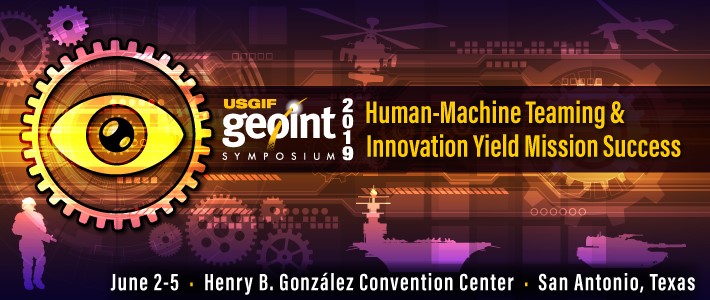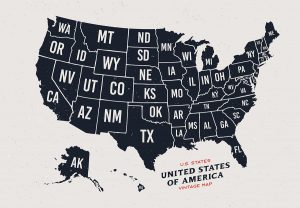 Artificial Intelligence (AI) is a hot buzzword being thrown around in technical as well as business circles as a way to increase the efficiency of organizations. More than just a buzzword or "next big thing," it is now official policy of the United States. This February the President issued an executive order directing federal agencies to invest more money and resources into the development of artificial intelligence technologies to ensure the U.S. keeps pace with the world in using AI (and related technology) for business, innovation, and defense.
Artificial Intelligence (AI) is a hot buzzword being thrown around in technical as well as business circles as a way to increase the efficiency of organizations. More than just a buzzword or "next big thing," it is now official policy of the United States. This February the President issued an executive order directing federal agencies to invest more money and resources into the development of artificial intelligence technologies to ensure the U.S. keeps pace with the world in using AI (and related technology) for business, innovation, and defense.
On the heels of the executive order, the DoD outlined its AI plans which include using AI technology to improve situational awareness and decision-making, increasing the safety of operating vehicles in rapidly changing situations, implementing predictive maintenance, and streamlining business processes.
But with all of this focus and excitement around AI, there are many groups raising concerns. Paramount is the federal workforce who sees AI technology potentially taking over their work. A recent survey found that while 50 percent of workers were optimistic that AI would have a positive impact, 29 percent said they could see new technologies being implemented "without regard for how they will benefit employees' current responsibilities." Across government, technology leaders are working to ease fears, stating that technology will take on the rote, manual tasks that humans tend to dread, freeing up people to spend additional time on more strategic, meaningful work.
Another group wary of AI's broad impact are security experts who say that with new, more advanced technologies come new, more advanced threats. In an effort to get in front of these threats, DARPA has launched the Guaranteeing AI Robustness against Deception (GARD) program. This program aims to develop theories, algorithms, and testbeds to aid in the creation of ML models that will defend against a wide range of attacks. Continue reading

 The
The 



